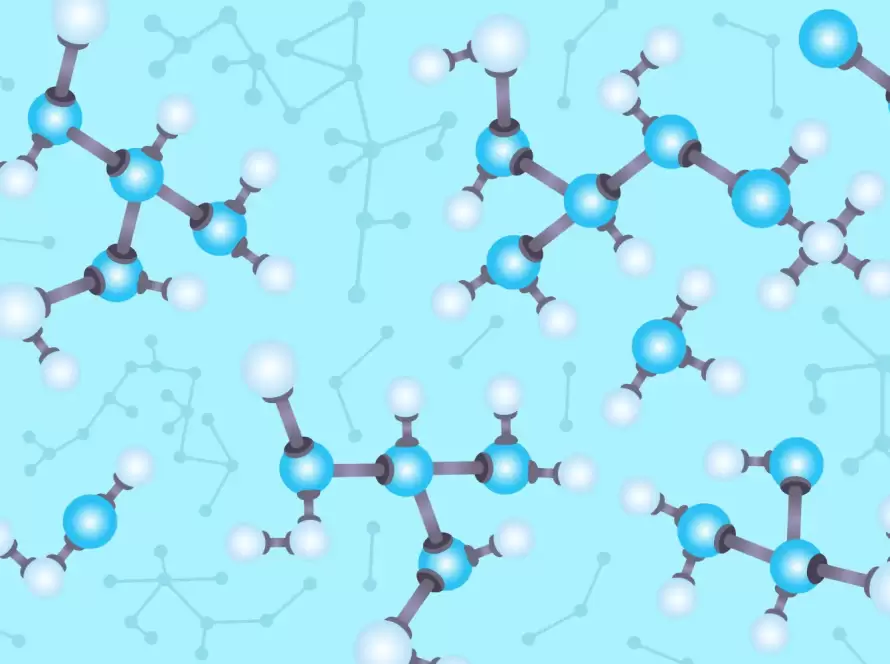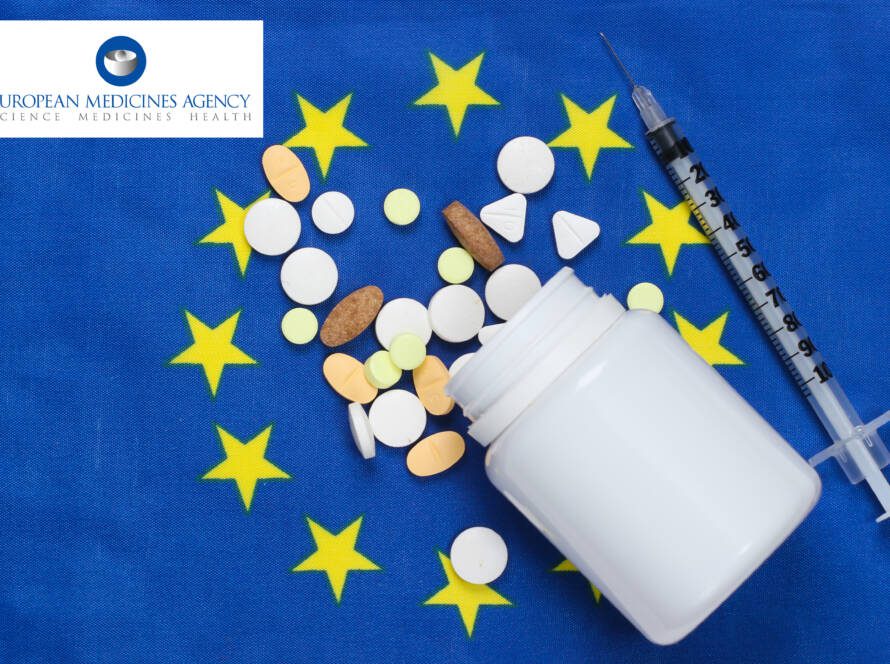A Reference Listed Drug (RLD) is a brand-name drug developed by an innovator company and officially authorized by regulatory bodies like the U.S. Food and Drug Administration (FDA) to serve as the benchmark for generic copies of the innovator products. The FDA mandates that the generic manufacturers must demonstrate almost similar qualitative and quantitative composition to the innovator product and that it should be bioequivalent to the innovator product. The RLD is used as a reference standard by generic product manufacturers to demonstrate the bioequivalence, safety, and effectiveness of their generic copies to that of the innovator product. In the context of Reference Listed Drugs (RLDs), the term “sourcing” does not often refer to the acquiring or procurement of the RLD itself. Instead, it relates to how generic medicine producers use the RLD to compare their products to one another and show that they are bioequivalent. The pharmaceutical company that originally received clearance from the FDA to develop the generic copy is responsible for purchasing and distributing the brand-name drug as part of the sourcing of the RLD process. To prove the drug’s efficacy and safety, the RLD maker being an innovator conducts considerable research and development, including preclinical and clinical trials. They devote a significant amount of resources on manufacturing, quality control, and guaranteeing adherence to legal standards.
The various steps involved in the development of RLD are:
1. Research and development (R&D): The pharmaceutical company conducts intensive research in science, which entails laboratory analysis and clinical trials, in order to find and create the drug.
2. Production: To guarantee product quality, consistency, and safety, the innovator manufactures the RLD in compliance with Good Manufacturing Practices (GMP). Regulatory authorities inspect and control the industrial facilities.
3. Regulatory approval: The RLD is filed for regulatory approval to agencies like the FDA. The company offers thorough data from preclinical and clinical investigations, as well as details on production procedures and quality assurance.
4. Distribution to the market: Following approval, the RLD is provided to hospitals, pharmacies, and other healthcare organisations via the existing supply chain of pharmaceutical companies. To make sure that the drug gets to patients in need, this comprises packaging, labelling, and logistics for delivery.
It’s crucial to keep in mind that the RLD’s source may change based on the particular drug and the involved pharmaceutical business. While some pharmaceutical businesses might outsource manufacturing to contract manufacturing organisations (CMOs), others might have their own manufacturing facilities.
The development and production of generic drugs can only start if the exclusivity periods and patents of RLDs have passed or been successfully challenged. For comparative testing to show bioequivalence, they can then obtain the RLD, which they frequently do through commercial channels or directly from the RLD producer.
Research, development, manufacture, regulatory approval, and distribution by the pharmaceutical business that has the initial approval make up the whole intricate procedure involved in the RLD sourcing.


